Another story from the newsfeeds a few weeks ago now. Apparently, DVSA is “threatening” to publish ADI pass rates because the national pass rate is “so low”, and they blame this on sub-standard tuition. Note that throughout this article, when I say “DVSA”, I mean the top end nearest to government, and not the examiners.
In 2015, I wrote about the “shake up” that was planned for the driving test that year (there’s one approximately every year, and they never get further than being reported in the tabloids). DVSA was coming out with the same crap back then, and I explained why it was a load of bollocks. This graph shows the trend in national pass rates between 2002 and 2015. It’s currently at around 47%.
It’s currently at around 47%.
Test pass data from before 2002 aren’t easily available. However, you can build up a picture if you know where to look. Sketchy information taken from disparate sources reveals that even among the 246,000 people who took the very first test back in 1935 the pass rate then was only 63%. In 1935, the test was 30 minutes long, the Highway Code was no thicker than the instruction manual for a pencil, it included hand signals used by horse-drawn carriage riders, there were about six different road signs in use, and just under 2 million cars on the roads.
In 1950, the national pass rate was reported as 50%. It appears to have been also around 50% in the 1960s according to the BBC. As I said above, it’s about 47% now (with around 40 million cars on the road). So what’s the freaking problem? It’s been as low as 43%, peaked at 63%, and has wobbled around 50% most of the time in between.
What DVSA fails completely to understand is this. If you had a parallel universe, and selected a country of the same size and population as Britain, but which didn’t yet have a driving test system in place, the moment you introduced one you would have a pass rate somewhere around 50%. Even if you had a million perfect ADIs, then unless the population was also perfect, around half of them would still fail the driving test. It’s the natural balance, and the only way you could get a significantly higher figure would be to make the test easier.
The root of the issue is similar to the one involved in the annual school exam results fiasco. People are getting dumber as a result of declining educational standards, and yet pass rates are going up because the exams are being made easier. Well, as we now know, unless it sees sense before December, DVSA is currently in the middle of doing exactly the same thing to the driving test, by removing tricky manoeuvres and replacing them with ones my cat could do.
Now, I have no problem with my pass rate being published in principle. However, reality is a different matter.
I do not think for a moment that DVSA’s pass rate figures are accurate. Even if the ones they have pertaining to me are, I’m absolutely certain that those for some other ADIs won’t be. Quite apart from the inevitable errors in the DVSA’s own logging and reporting, there is the far more unsavoury matter of ADIs influencing results by not displaying their badges when submitting pupils to test, and therefore avoiding negative rep.
My badge is always (and always has been) displayed during the pre-test and when I have provided any tuition to a candidate going to their test, but this is not true of some other ADIs. Pass rates are so important to them that when they submit someone they think might fail, they take their badge out, but when a more able candidate is going, they leave it in. It means that higher pass rates may be recorded for weaker ADIs who have been hiding their badges, whereas honest ones who haven’t, and who are actually decent instructors, may well have lower recorded pass rates.
Then there’s the issue of “intensive courses”. These are big money-spinners, and their aim is to get someone to pass the test in as short a time as possible, usually for a premium price. For most drivers, there is no way they can learn to drive properly in a very short period of time – all they can do is learn to pass the test. Most of them will not be safe drivers if they pass. And yet intensives given to the right sort of person can have a higher rate of success than normal lessons given to typical learner. If you measure success in terms of “pass rate”.
It’s somewhat ironic, therefore, that DVSA’s clever plan to steer learners away from “sub-standard” instructors is likely to steer them straight towards them instead, and result in less-able drivers out there on the roads. Such irony is lost on DVSA, and you start having nightmares when you think of the likely effect on someone’s career if DVSA publishes erroneous figures. Getting hold of your own pass rate as held by DVSA is a task requiring the same sort of effort that’d be needed to, say, climb Everest wearing just your underpants. If you found an error in the data, getting it corrected would be like that again, but with the added problem of frostbite on your dangly bits, since DVSA typically takes 10 days to respond to any email – if they respond at all.
Most ADIs keep a log of their own pass rates. I can absolutely guarantee that DVSA will have more than a few “official” rates which are grossly different. By the time they fixed them – if they ever did, since they’d need proof first – false numbers could easily have damaged someone’s reputation and business irretrievably.
My favourite pupil is one who learns quickly and who is confident and capable. My least favourite is one who is nervous, spatially challenged, and who has the attention span of a goldfish. I will teach them all, but that is definitely not true of other instructors out there. Difficult pupils will be dropped, and I often pick up those who tell me their previous instructor stopped answering their calls and texts, or couldn’t fit them into his diary. Others jump ship themselves, saying that they didn’t feel as if they were getting anywhere. This has a double-whammy effect on people like me – firstly, the number of “difficult” pupils on the market is disproportionately high, and that increases the chances of test failures for natural reasons; secondly, the other instructor has cherry-picked the more able pupils, meaning there is a higher chance of test success for him.
One look at some of the people on our roads and the reason that the pass rate isn’t 100% becomes clear. Many drivers don’t know what day of the week it is, and just getting the car moving is like advanced calculus to them. They don’t understand road signs (but they passed their theory test), they don’t understand roundabouts (but they passed their practical test), and they shit themselves every time they get behind the wheel. No matter how many times they have driven the identical school run or Tesco shop, the next time is like their first time. They make the same mistakes at the same junctions every time they encounter them, and they will happily approach a four-lane roundabout in the left lane when wanting to turn right every single time they go to work. They never learn, because they aren’t aware that they’re wrong. It is nigh on impossible for them to ever learn, because it’s just the way they are. They quite possibly see nothing wrong with doing it their way, because they feel safer in the left-hand lane and that is justification enough for the ensuing chaos as they signal to move across three other lanes at the last moment. Every. Bloody. Morning. They come to a standstill when negotiating speed bumps, signal when they shouldn’t, and don’t signal when they should. They stop for random reasons. They can’t park properly, and they don’t understand road markings, so yellow lines and school gates are fair game. They drive at a steady 40-50mph no matter what the speed limit is at the time, and they can be seen leaning forward, noses pressed to the windscreen, staring straight ahead, and hanging on to the steering wheel for dear life. If they’re female, they seem to attach more importance to flicking cigarette ash out of a tiny crack in the window than they do to driving in a straight line, and their rear view mirror is frequently angled down so that they can see themselves (you can tell when you can see their neck and chest instead of their eyes). When they stop at traffic lights the first thing they do is reach up and tousle their hair or flip the sun visor down to rub their faces using the vanity mirror. These types of people represent a significant proportion of all drivers on the roads today, and you have to wonder how the bloody hell they ever passed their tests.
DVSA needs to try to understand why the natural pass rate is “only” around 50%, and to stop keep meddling to try and increase it.
 About bloody time. An email alert from DVSA advises that learners will be allowed on motorways – with an instructor and dual controls fitted to the car – from 2018.
About bloody time. An email alert from DVSA advises that learners will be allowed on motorways – with an instructor and dual controls fitted to the car – from 2018.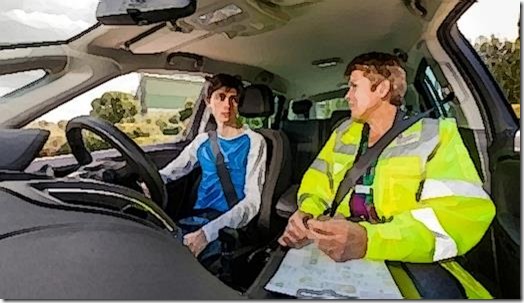 In April, I reported that
In April, I reported that  I saw a discussion about this on a forum. It was to do with terminated tests and “what happens next?”
I saw a discussion about this on a forum. It was to do with terminated tests and “what happens next?”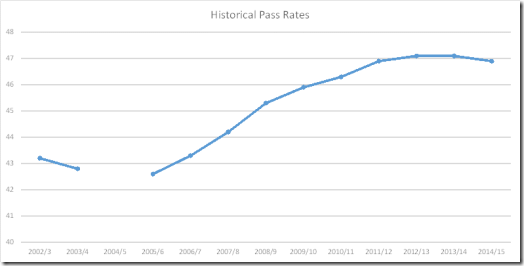 It’s currently at around 47%.
It’s currently at around 47%.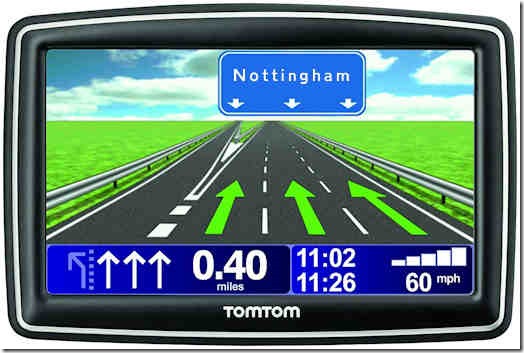 An
An 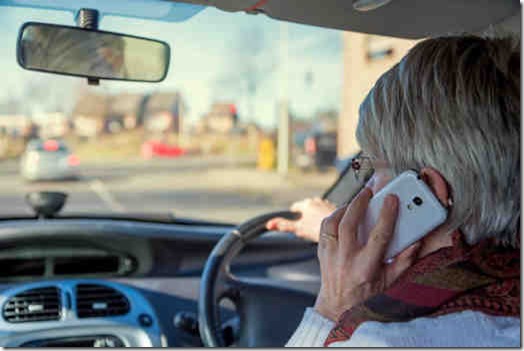 From today (1 March 2017) the
From today (1 March 2017) the 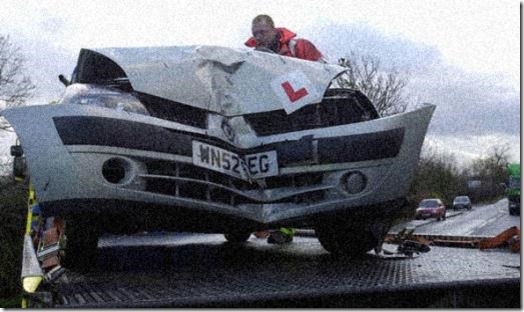 I saw this story a few days ago about a man in Norfolk who failed his driving test “in just 5 seconds”.
I saw this story a few days ago about a man in Norfolk who failed his driving test “in just 5 seconds”. This
This 